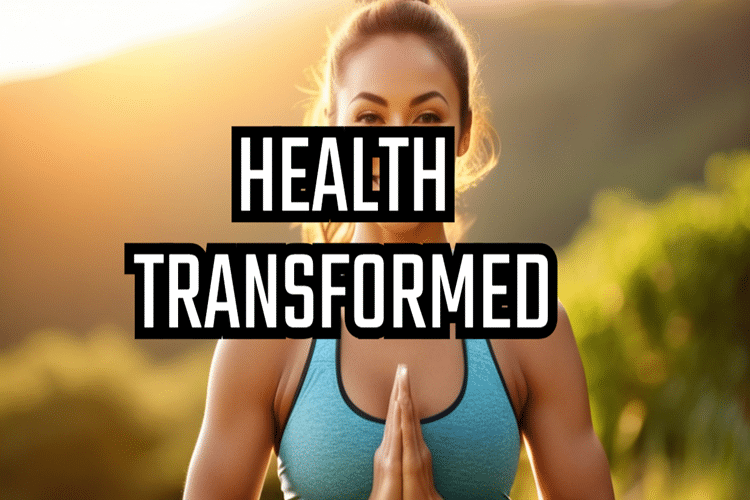
Food And Fitness 101: A Daily Guide To How do I start getting in shape and healthy?
Table of Contents
How do you get in good shape and health?
Deciding to exercise regularly is a great start to getting fit. However, it’s impossible to achieve fitness goals without a nutritional guide. Challenging exercises need the right kind of fuel, and fuel is derived from the foods and drinks you consume. If you’re committed to personal fitness and weight training, you must also be committed to your diet. The results you want can only happen when you exercise regularly and eat healthily.
Your diet should include macronutrients like proteins, carbohydrates, and fats that give you the energy to exercise and build muscles. Moreover, it should contain minerals, vitamins, fiber, and antioxidants that nourish your body.
Proper fitness starts by learning what to eat, when, and how to maintain your eating habits. Keep reading to learn about tips to achieve good shape and health.
Eat The Right Foods
You, indeed, become what you eat. A well-balanced diet provides the proper nutrients for your daily activities, including exercise. Your balanced diet should incorporate the following;
Carbohydrates: It’s the primary source of energy for people exercising regularly. Examples of carbohydrates include legumes, potatoes, fruits, bread, pasta, and rice. If possible, consume whole grains carbs, which keep you full longer, stabilize your blood sugar, and give you more minerals and vitamins.
Protein: Protein sources are the best food for fitness since protein is essential for building and maintaining muscle. For example, protein from fish, like salmon and tuna, prevents muscle breakdown and improves lean muscle. Plant-based proteins include grain products, soy, nuts, legumes, tempeh, and quinoa. On the other hand, animal protein has meat and meat products, fish, eggs, and milk.
Fruits and vegetables: Eating fruits and vegetables impacts your stamina and endurance when exercising. The micronutrients in these foods boost energy production and help tissue recovery. Examples of fruits and vegetables to add to your diet are bananas, apples, carrots, tomatoes, cucumbers, pumpkins, avocados, spinach, kale, broccoli, lettuce, and turnips, among others.
In addition, Fats are essential to your body as they help build blood cells, absorb fat-soluble vitamins, and produce hormones. However, they should be taken in small amounts because they contain higher calorie content than other foods. Settle for healthy fats from vegetable oils, fatty fish, seeds, nuts, and avocados.
Calculate Caloric Intake
Many nutrition plans contain information about how many calories you should consume daily. For instance, moderately active people should consume around 1,500 to 2,000 calories daily. Some sites and apps can help you calculate calories for your fitness level and how many to eat to lose or maintain weight.
You can use BMI calculators or calorie calculators on the internet to learn the correct number of calories you need. The results can be an eye-opener on what you need to change in your diet. Apps help provide a nutrition and calorie database with millions of different foods. In addition, you can have healthy meals delivered for your fitness level when you order online.
Keep A Food Diary
A food diary is essential in helping you track what you eat, how much you eat, and when and where you eat. Just spend a few minutes of your day recording these details, and it will be worth it. You’ll learn about your eating habits, track your progress, and make yourself accountable.
You can use free online trackers and apps to count carbohydrates, protein, and fats. It’s also essential to track the times you’ve eaten and your mood to see if emotional patterns make you consume more calories.
Weigh And Measure Your Food
Measuring can be challenging at first, but you’ll get used to it. It teaches you what foods fill you up and what foods aren’t worth the calories. This helps you make good dietary choices. Buy a food scale or measuring cups and spoons. Making use of them will be helpful.
A simple way to measure your food proportions is to use a measuring cup to serve in a bowl. This way, you’ll know the amount of food you’re eating and reduce food portions.
Drink Enough Water
Drinking enough water is the perfect way to replace fluids in your body after physical exercise. It helps you maintain your performance, boosts concentration and endurance and prevents a high heart rate and body temperature. So, drink water with your meals before exercise and sip it throughout your workout.
Conclusion
Proper nutrition and regular exercise are the best ways to get in shape. Following a healthy diet and working out should be a lifestyle for long-term success. With this article as your guide, you’ll be able to achieve the shape you’ve always wanted.






